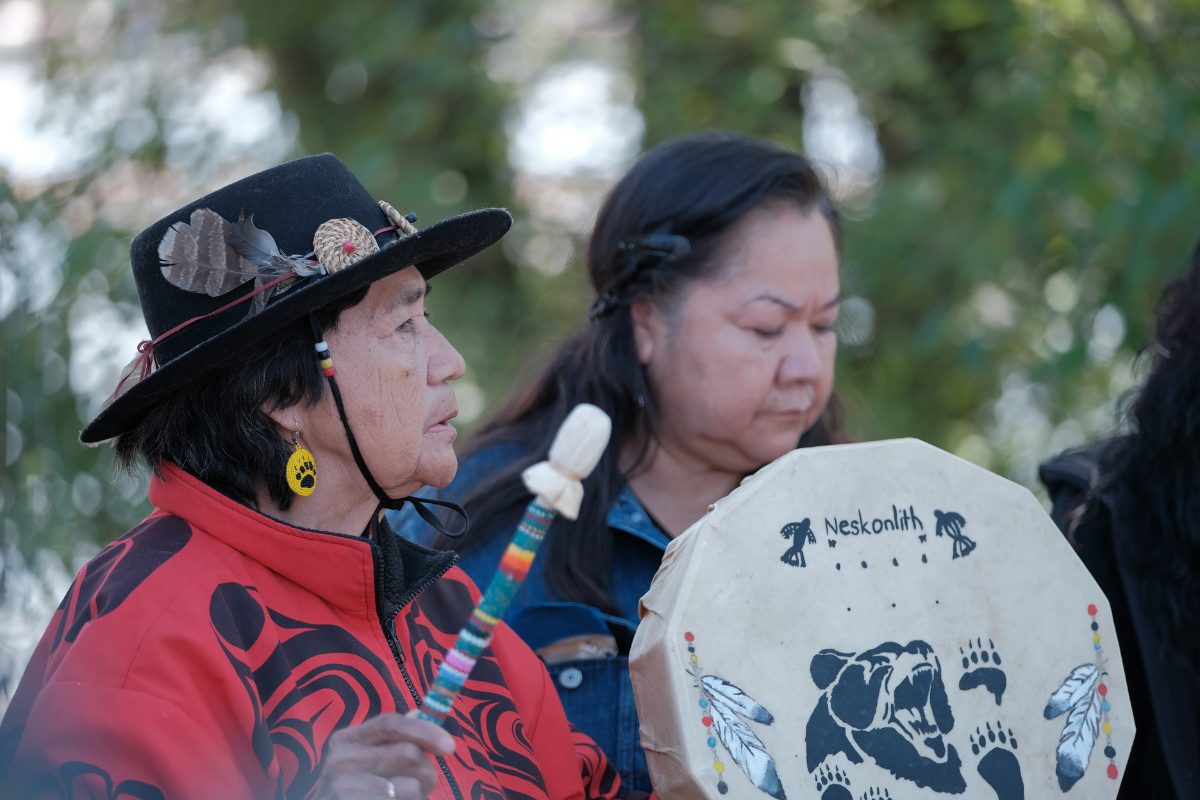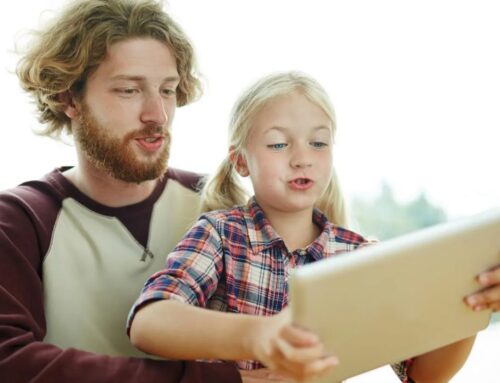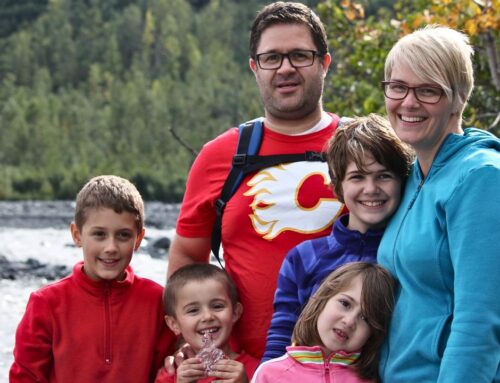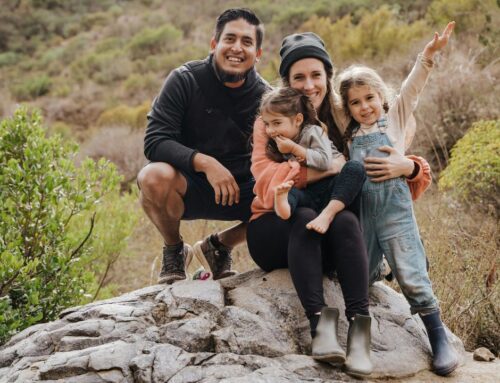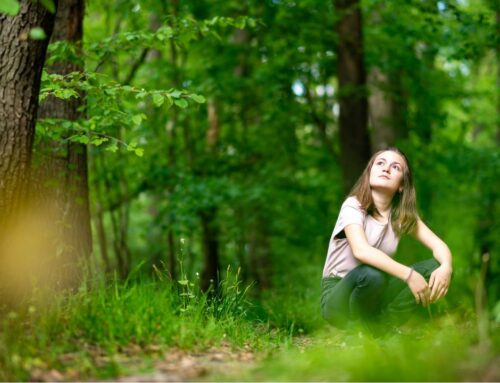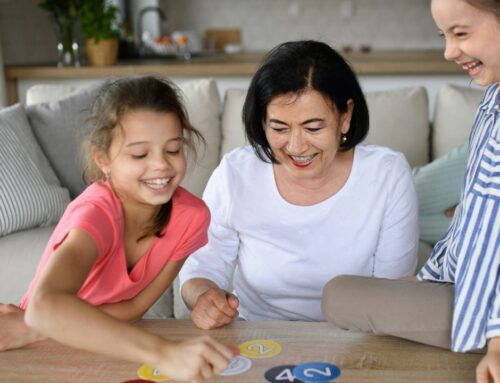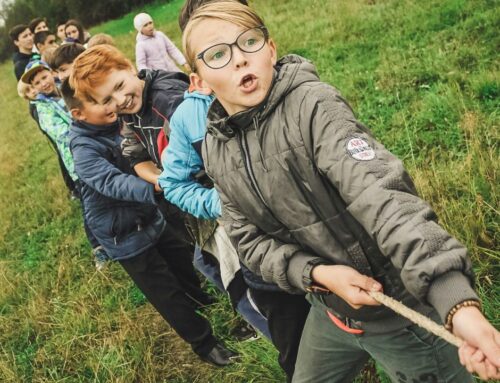If you drop a single pebble into a pond, the pond won’t change significantly, but the ripples you create can spread a long way. If you drop many pebbles into the pond, you can create many ripples and you may eventually change the pond itself.
That, says SelfDesign Indigenous Educator Amber Santos, is SelfDesign’s approach to Indigenous Education and the path towards reconciliation.
We recognize that no one single program or event we offer and no one single discussion we host within our community is going to change the world overnight. But they each might advance reconciliation a little bit further, and over time, this can build.
SelfDesign offers an ever-growing menu of opportunities for our community to engage with Indigenous worldviews and perspectives, and to further reconciliation, we create more and more ripples. We are committed to integrating Indigenous culture and perspectives into everyday learning. We work to advance the journey towards reconciliation by building cultural bridges to Indigenous ways of being, seeing and knowing throughout our educational programs, work and learning opportunities.
As part of that, a group of SelfDesign educators, learners and family members gathered online in late-October to talk about specific actions they’ve each taken to further reconciliation.
Sharing ReconciliActions
The event, open to all SelfDesign community members, was part of SelfDesign’s own contributions to Secret Path Week, a weeklong cross-Canada commemoration by the Gord Downie & Chanie Wenjack Foundation to promote and encourage acts of reconciliation. SelfDesign has been a member of the foundation’s Legacy School network since 2019, joining an ever-growing community of legacy schools across Canada committed to advancing reconciliation.
Among the “reconciliActions” shared were window installations created to honour Indigenous children who died at residential school. Participants also shared actions taken at home to show solidarity with residential school survivors and to start conversations with family, friends and neighbours.
Some participants shared how they have family film nights to watch and discuss Indigenous-created films. One learner showed pictures of the earrings she had created when she reconnected with her Metis heritage by learning to bead. Another learner shared a poster he had designed. Others added to a ReconciliAction playlist of music by Indigenous artists.
One educator talked about the deer-hide earrings she was making to connect to her Anishinaabe and Métis culture.
These SelfDesign community members are creating opportunities for activities that can be shared with others or that engage others and prompt them to participate. SelfDesign hopes to grow this event over the coming years.
The many ways we work to advance reconciliation
The ReconciliActions gathering was just one way by which we seek to include Indigenous culture and perspectives into the SelfDesign experience. It is just one pebble among the many opportunities we offer to create ripples to advance reconciliation.
To support our learners, we work to integrate the First People’s Principles of Learning into all that we do. We carefully curate authentic resources to help learners explore and understand Indigenous ways of being, seeing and knowing. We provide grants for Indigenous learners to connect with and learn about their cultures and languages. We offer learners opportunities to connect with Indigenous Elders, traditional knowledge keepers, Indigenous educators and each other.
And we provide training and professional development throughout the learning year for our educators to deepen their understanding about Indigenous Canadian worldviews and perspectives and the First People’s Principles of Learning.
These and all of our other efforts are driven by the recommendations put forward in 2017 by SelfDesign’s Indigenous education task force, which was comprised of a First Nations elder, a First Nations SelfDesign parent and learner, and SelfDesign Indigenous educators.
To read about other Indigenous Education activities, opportunities and resources we offer, please visit our Indigenous Education webpage

